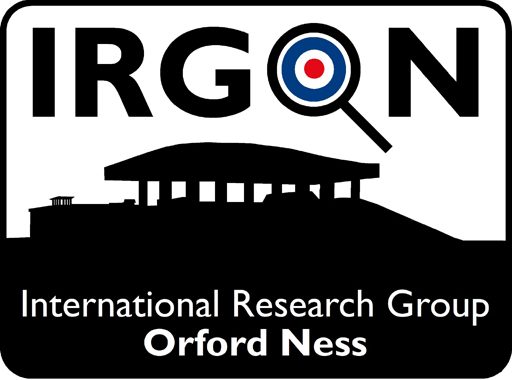
Introduction
Following WW2, the UK determined to develop her own nuclear weapon system. The Atomic Weapons Research Establishment (AWRE) had the responsibility for this work and was based at Aldermaston in Berkshire. The UK-designed bomb was named ‘Blue Danube’ and was based on the Nagasaki ‘Fat Man’ Pu 239 implosion principle device. The weapon had a very large casing and contained a 1.5m diameter internal physics package. This contained a removable 6kg plutonium core surrounded by 2.5t of conventional high explosive material. As the development of the weapon progressed, greater consideration was being given to practical matters concerning the safe operational deployment and handling of the weapon in the field. This work would require a large remote site where specialist test facilities could be built. In 1953, Orford Ness was chosen by AWRE as the location for the environmental safety testing of nuclear weapons. Work commenced on the installation of a suitable services infrastructure connecting the site to the mainland at Orford. In 1954, AWRE designed an environmental test and evaluation specification for Blue Danube. In order to evaluate the weapon, three specialist test laboratories would be required at Orford Ness.
Consulting Engineers C. W. Glover & Partners of London were commissioned to design the three laboratories and to supervise their construction. Construction of Lab 1 started in spring 1955 with the other two buildings following behind. Lab 1 was designed to safely accommodate the Blue Danube Weapon and to subject it (with core fissile component removed/substituted) to high vibration, high temperature and high G force tests. The purpose of the tests was to simulate ground handling and aircraft flight conditions. Should the weapon fail and detonate the 2.5t of high explosive the building would need to contain the huge explosive forces and direct them upwards and away protecting the surrounding infrastructure and personnel.
